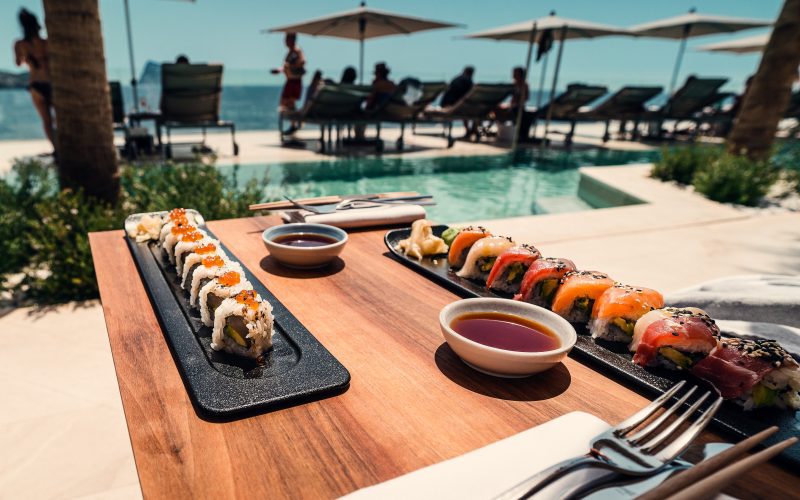Seafood is a beloved staple of many diets around the world, but as we become more aware of the impact of human activity on the planet, it’s important to make informed choices about what we consume. One way to do this is by choosing sustainable seafood, which means selecting fish and other marine life that are caught or farmed in ways that support healthy oceans and minimize environmental damage. In this article, we’ll explore what sustainable seafood is, why it matters, and how you can make responsible choices when buying and consuming seafood.
What is Sustainable Seafood?
Sustainable seafood refers to fish and other seafood that is caught or farmed in a way that ensures the long-term health of the ocean ecosystem. This means taking into account factors such as the impact of fishing on other marine life, the effects of fishing on the environment, and the well-being of the fish populations themselves. Sustainable seafood practices prioritize responsible harvesting methods, such as using fishing gear that minimizes bycatch (the unintentional capture of non-target species) and avoiding overfishing of vulnerable or endangered species. In addition, sustainable seafood also includes aquaculture practices that minimize environmental damage, such as minimizing waste and pollution, and avoiding the use of antibiotics or other harmful chemicals.
Why Does Sustainable Seafood Matter?
The oceans are an essential part of the earth’s ecosystem, and healthy oceans are crucial to the well-being of humans and all living things. Overfishing and other unsustainable practices threaten the delicate balance of ocean ecosystems, leading to the decline of fish populations, harm to other marine life, and damage to the environment. Choosing sustainable seafood is one way we can help protect the oceans and ensure they remain a vital resource for future generations.
How Can You Choose Sustainable Seafood?
Choosing sustainable seafood can seem like a daunting task, but there are a few simple steps you can take to make informed choices:
- Look for sustainable seafood certifications: Organizations such as the Marine Stewardship Council (MSC) and the Aquaculture Stewardship Council (ASC) certify seafood that meets strict sustainability standards. Look for their logos on packaging or menus to ensure that the seafood you are purchasing has been responsibly sourced.
- Choose seafood that is in season: Just like with produce, seafood has seasons when it is more abundant and easier to catch sustainably. Research which types of seafood are in season and choose those whenever possible.
- Avoid overfished or vulnerable species: Certain species of fish, such as Atlantic bluefin tuna, are heavily overfished and at risk of extinction. Choose alternatives that are more abundant and sustainable, such as albacore tuna or skipjack tuna.
- Know where your seafood comes from: If possible, buy seafood from local sources and ask questions about the harvesting or farming practices used. Many sustainable seafood guides are available online that can help you make informed choices based on the region you live in.
In conclusion, choosing sustainable seafood is an important step towards protecting the health of our oceans and ensuring that they remain a vital resource for generations to come. By being informed about the impact of our choices on the environment, we can make responsible decisions that benefit both ourselves and the planet.












